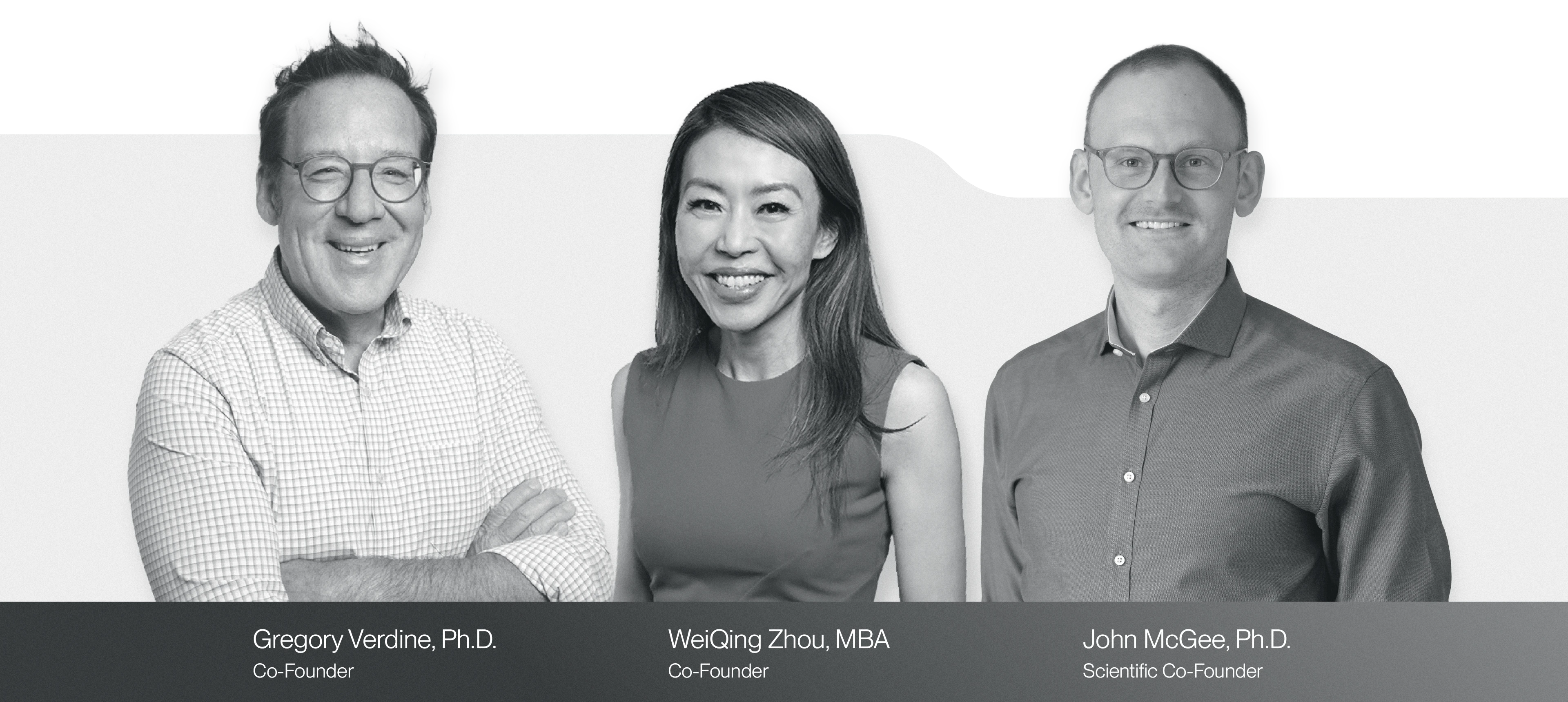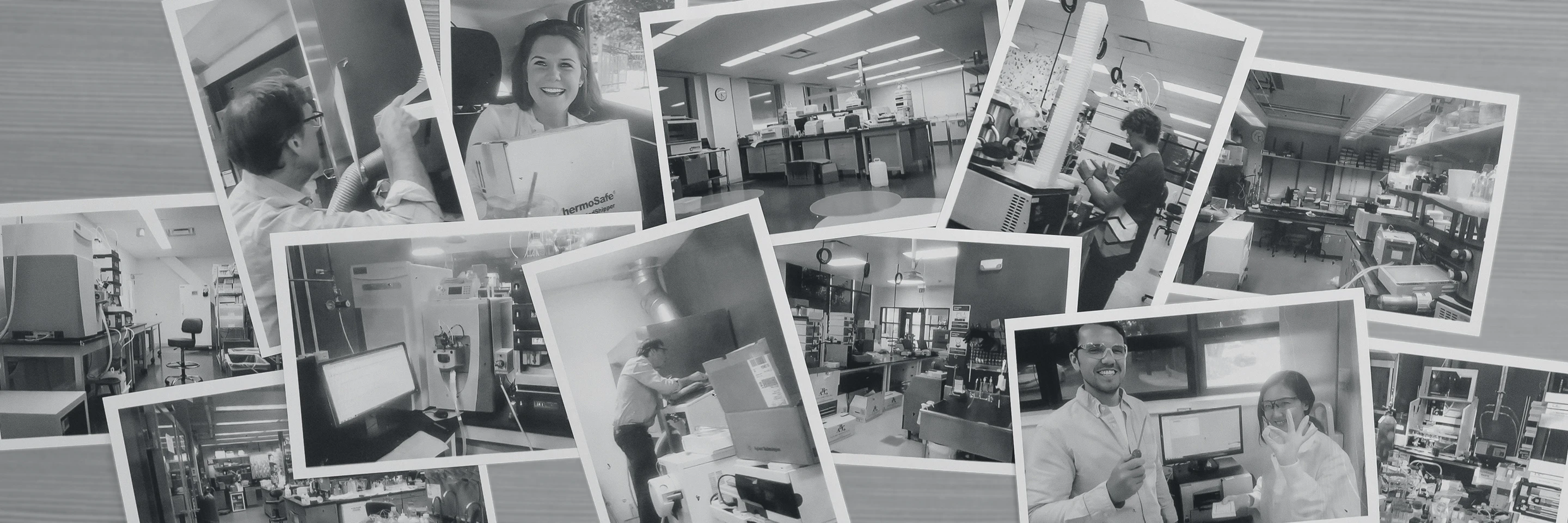Formerly known as Fog Pharmaceuticals, Parabilis Medicines was founded in 2015 to address a fundamental gap in modern drug development: the great progress that has been made in identifying human disease targets has not been matched by advances in the ability to develop medicines for them.
For decades, many promising disease targets were dismissed by the drug discovery industry because they were viewed as “undruggable” — unable to be targeted by conventional drug modalities such as small molecules or biologics. The explanation for this appeared straightforward: many proteins exist inside the cell, and are thus inaccessible to traditional biologics, but also lack the deep pockets typically required for selective and potent binding by cell-penetrant small molecules.
But this explanation ignored the fact that there did exist certain drugs that can enter cells and bind the flat surfaces of challenging protein targets: macrocyclic natural products such as cyclosporine A were proof that the challenge could be overcome. The question was how to learn from nature’s example and develop a means of discovering such drugs — without requiring millions of years of natural evolution to do so.
The answer — which became the basis for Parabilis’s Helicon™ platform — would ultimately also come from nature. A drug capable of targeting challenging intracellular proteins requires two key properties: the ability to embed in membranes and cross into cells, and the ability to bind flat protein surfaces. In the late 1990s, Professor Gregory Verdine (Parabilis’s co-founder and CEO from 2015-2023) and members of his laboratory in the Department of Chemistry and Chemical Biology at Harvard University had the critical insight that there exists a biomolecular structure that routinely exhibits both of those properties: the protein alpha-helix, which is both the most prevalent structure in transmembrane proteins and one of the most common engagement motifs in natural protein-protein interactions.
This insight marked the start of Parabilis’s scientific journey. Verdine and researchers in his lab set out to develop a new drug modality by stabilizing short peptides in an alpha-helical conformation, enabling them to enter efficiently into cells and block flat disease targets once inside. They invented the first generation of Helicons, which came to be referred to as “stapled peptides,” publishing their landmark paper on the all-hydrocarbon stapling system in the Journal of the American Chemical Society in 2000. Over the following 15 years, the Verdine lab continued to advance the core Helicon chemistry, and also began developing discovery technologies such as Helicon library screening techniques. This set of technologies would go on to form the scientific and intellectual property core of Parabilis’s Helicon platform.
In 2016, Parabilis started operations under the leadership of Greg Verdine, who both led the company as CEO and also directed its scientific research, and co-founder and COO WeiQing Zhou, who took on a myriad of roles and would go on to lead everything from business strategy and corporate development to finance, operations, and the construction of Parabilis’s 120,000 square foot building in that opened in 2020.

Initially, however, the company began work in the corner of a lab rented from another biotechnology company in Newton, Massachusetts. Parabilis had been started without traditional venture capital backing, and the team relied primarily on antiquated equipment, taking care to protect the few new machines that could be afforded — at one point encircling a critical mass spectrometer with an $8 floral curtain to protect its electronics from a nearby safety shower. So many other machines had been packed into that corner that the ambient temperature would rise to uncomfortable levels, and it was a relief when the company moved to its own, more spacious labs in Cambridge Discovery Park in the winter of the first year. But the start-up mindset continued for long after, with an emphasis on lean operations, home-built solutions, and a persistent questioning of any dogma that declared the team’s science or aims to be impossible.
During the early years, research focused on expanding the helix-stabilizing chemistry capabilities originally established in the Verdine lab, the development of discovery technology platforms under the leadership of scientific co-founder John McGee, and the initiation of work on the company’s top-priority target: β-catenin, one of the most intractable targets in cancer that had resisting drugging for decades despite extensive efforts by companies large and small.
In time, Parabilis would go on to notch a series of advances in both its discovery projects and core technology, including the first successful de novo hit discovery screen in 2018, the first cell-active β-catenin antagonists in 2020, the first in vivo active Helicons for β-catenin along with cell-active Helicons for two additional targets in 2021, and the incorporation of multiplexed screening into the discovery platform in 2021 and machine learning in 2022, all leading up to the first-in-human dosing of FOG-001 in 2023. Today, the Parabilis team continues to evolve our technology platforms, and expand the scope of our Helicon modality, as we pursue our mission to bring exceptional medicines to the patients who need them.


